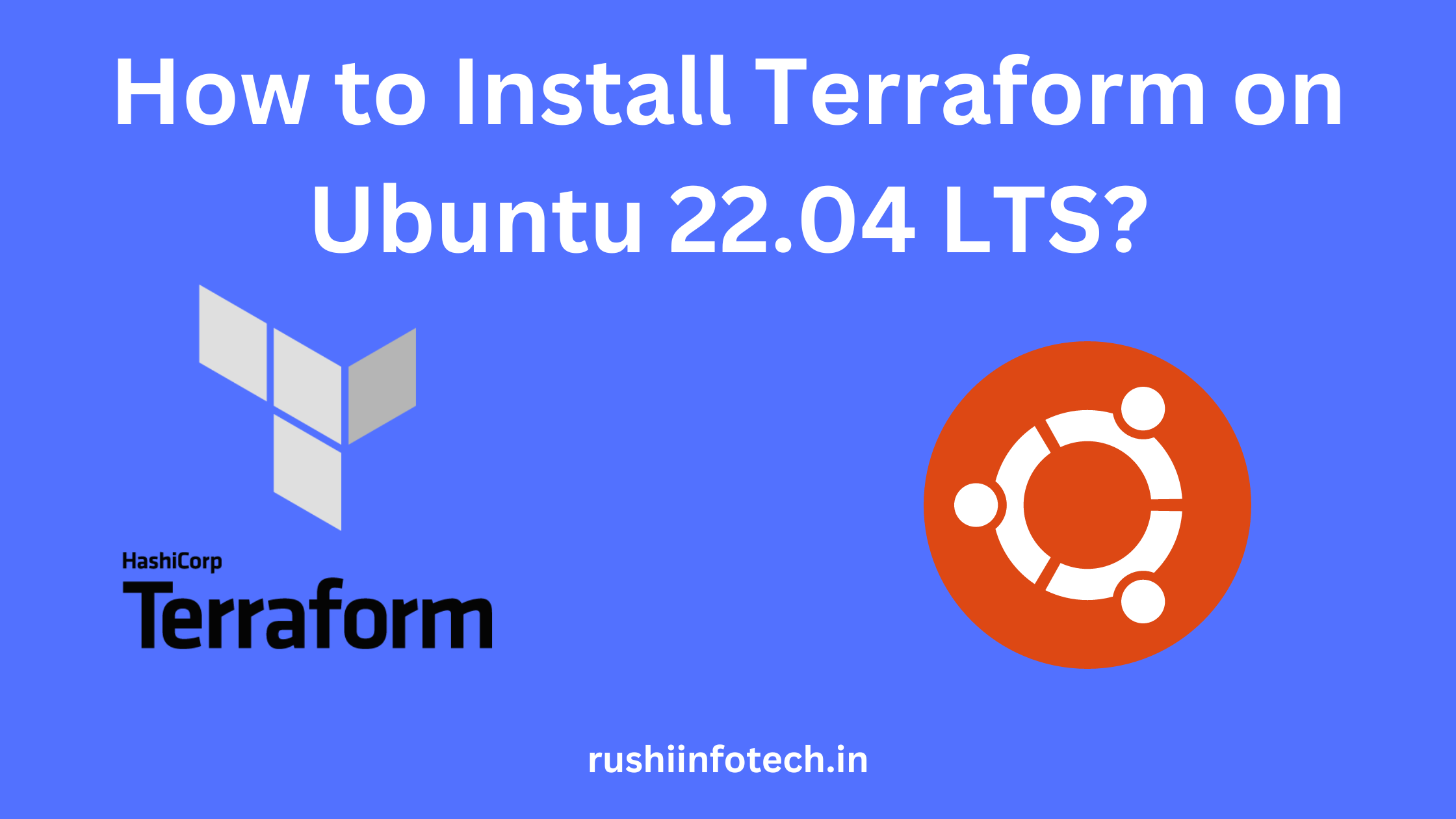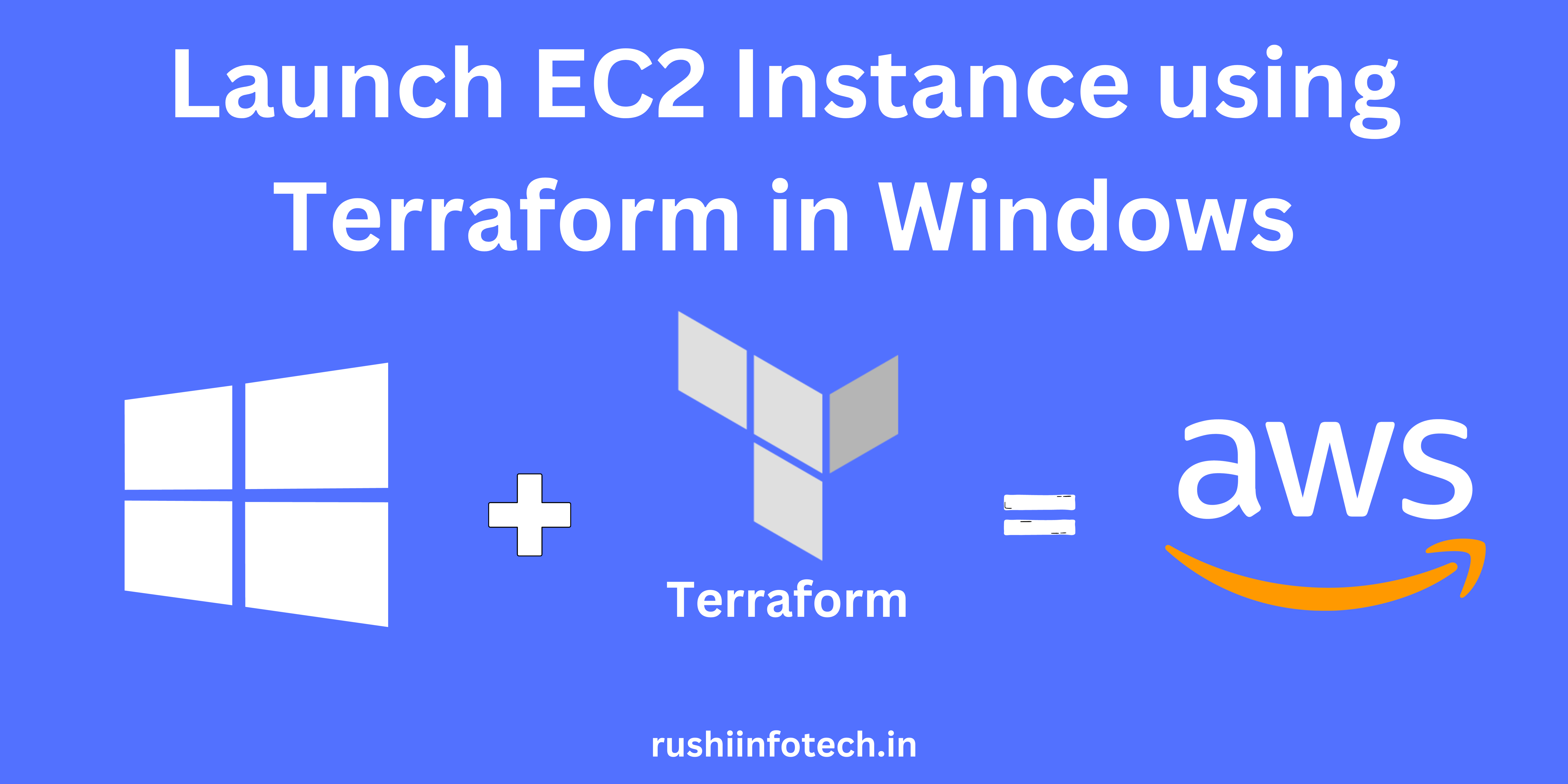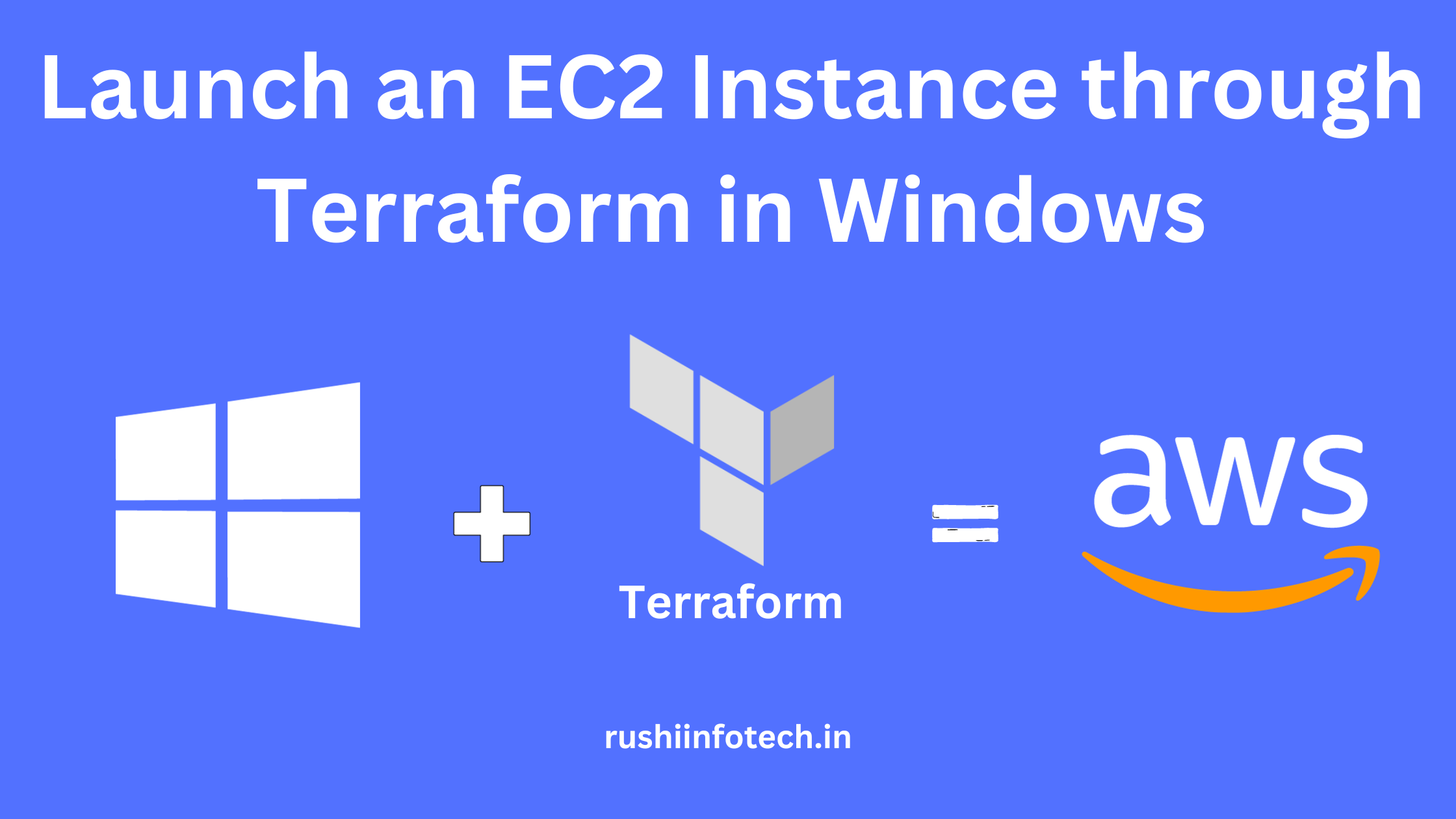Introduction
In the evolving landscape of digital technology, managing infrastructure effectively is crucial for any business aiming for growth and agility. Terraform, an open-source tool developed by HashiCorp, stands out as a revolutionary solution. This guide delves into the fundamentals of Terraform, exploring its features, benefits, and why it’s an essential tool for modern infrastructure management.
What is Terraform?
Terraform is an infrastructure as code (IaC) tool that allows you to build, change, and version infrastructure safely and efficiently. It supports a multitude of service providers and custom in-house solutions. The core advantage of Terraform lies in its ability to manage both existing service configurations and custom-made solutions, making it a versatile choice for comprehensive infrastructure automation.
Key Features of Terraform
- Infrastructure as Code: Terraform converts the entire lifecycle of infrastructure management—planning, deployment, maintenance—into code. This automation not only speeds up the deployment process but also ensures consistency and minimizes human errors.
- Platform Agnostic: Unlike other tools that may be tied to specific platforms, Terraform provides a single configuration to manage multiple service providers and handle cross-platform dependencies. This flexibility is vital for organizations using a multi-cloud strategy.
- State Management: Terraform tracks the state of your infrastructure and reconciles the state with the real-world resources. This helps in avoiding conflicts and ensures that deployments are predictable and repeatable.
- Modularity: With Terraform modules, you can encapsulate and reuse definitions for standard infrastructure setups. Modules can be shared within a team or with the Terraform community through the Terraform Registry.
- Planning and Applying Changes: Terraform creates an execution plan. This shows what it will do before it makes any changes, allowing users to review and approve the planned actions, thereby reducing the likelihood of unintended consequences.
Benefits of Using Terraform
- Automation: Automate the creation of hosting environments and reduce the manual tasks involved in hardware setups.
- Consistency: Ensure consistent environments across development, testing, and production settings, avoiding the “works on my machine” problem.
- Scalability: Easily scale your infrastructure up or down with minimal effort, adjusting to changing loads and optimizing costs.
- Collaboration: Teams can collaborate on infrastructure changes and track modifications through version control, improving visibility and accountability.
- Cost-Effective: By managing resources efficiently, Terraform can help in reducing surplus expenditures on unused resources.
Use Cases for Terraform
- Multi-Cloud Deployments: Seamlessly manage AWS, Azure, and Google Cloud environments through a single configuration file.
- Software-Defined Networking: Implement complex networking topologies that are reproducible and maintainable.
- Disposable Environments: Quickly spin up and tear down environments for testing and development without affecting the main infrastructure.
Conclusion
Terraform is more than just a tool—it’s a framework for defining, previewing, and deploying infrastructure as code. By integrating Terraform into your workflow, you can automate away the tedium of manual infrastructure management, ensuring that your infrastructure aligns perfectly with your development cycles and business objectives. Whether you’re looking to optimize resource management, improve consistency, or streamline deployments, Terraform provides a robust solution tailored for modern digital needs.
Call to Action
Ready to take control of your infrastructure? Start exploring Terraform today, and see how it can transform your organization’s approach to infrastructure management.
Reach us on



